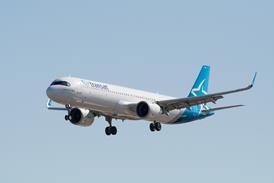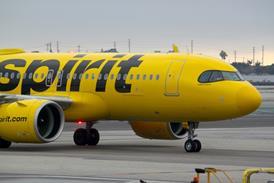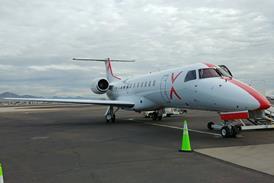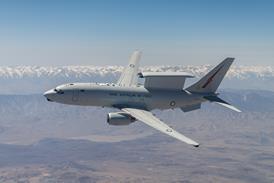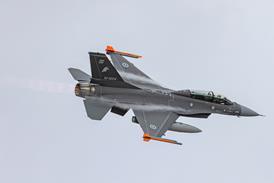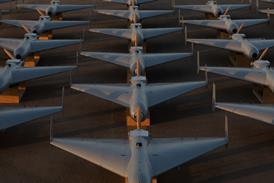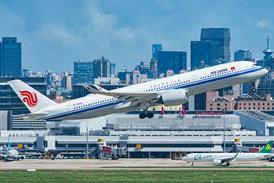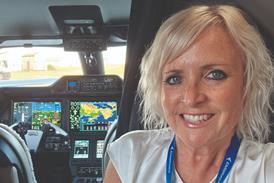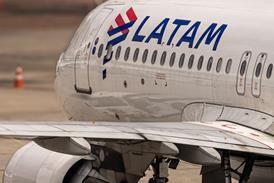Peter La Franchi/MELBOURNE

The Australian Department of Defence (DoD) has demonstrated the ability of the Jindalee Operational Radar Network (JORN) to monitor aircraft movements over East Timor, with surveillance of the INTERFET air bridge undertaken as part of initial capability verification trials.
The Australian DoD reveals that the JORN BackScatter Sounder, which is used to monitor the condition of the ionosphere and determine optimal frequencies for the main surveillance radar, operates regularly at ranges of 12,300km (6,650nm) from the transmitter site.
The acknowledgement of the Sounder range is the strongest public evidence yet that the range of the radar system is far above the stated official ceiling of 3,000km.
The Sounder system is virtually identical in configuration to the main surveillance system and is co-located with arrays at Longreach in Western Queensland and Laverton in central Western Australia. A 12,300km range for the main radar would enable the Australian DoD to monitor air traffic movements across all East Asia, with the only limitation prevailing ionospheric conditions.
A demonstration using the R1 array at Longreach showed that the radar is capable of tracking targets at distances down to 500km from the transmitter site. This shifts the JORN surveillance footprint back to include air traffic over the northern areas of mainland Australia.
The demonstration showed near real-time tracking of military aircraft operating between Darwin and Dili in East Timor. It also showed the movement of civilian airliners operating between South-East Asian nations and Australia, and aircraft movements at least 300km to the south of Darwin.
According to officials from project prime contractor RLM Systems, the R1 array demonstrates sustained target tracking for periods of more than 2h. This is expected to improve significantly by the time the full system is handed over for operational usage.
Final system delivery is due in mid 2002. The R1 array, however, is to be made operationally available to the Royal Australian Air Force in March 2001 under a deal negotiated with RLM earlier this year. The complete radar system was originally scheduled for hand-over in 1997.
Source: Flight International

